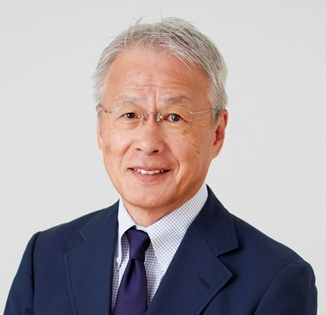
by Noriyuki Morimoto
There is a book published in 1953 called “Secrets of Investing in Antique Art”. The author’s background is unknown, and it is the type of book that second-hand bookstores sell at a discard price. However, surprisingly, it is a well written book.
The impressing part is its analysis of the difference between art antiques and other assets like securities as investments: every antique item is unique without a general/objective standard of price, and they “do not generate offspring (interests, dividends, rents, etc.). It is a very logical and well organized observation.
Given that art antiques do not generate offspring, investment income is simply generated from increased prices. Therefore, the question is what kinds of art antiques tend to raise prices in the market.
One factor is “what rich people want”. According to the book, “High artistic value does not always translate to high market price: value and price do not always match.” This has to be called a fundamental principle of investment.
The next factor is “general perception”. Naturally, the better something is known by the public, “the wider and stronger the demand,” and “that demand tends to last over a longer period.”
Then comes “things that are regarded as necessities”. Art antiques are not essential for everyday life, so they will not raise their price due to daily necessity. However, some of them have an element of necessity. For example, tools for tea ceremonies: the tea ceremony remains a way of socializing in modern life, and vintage items are preferred in its setting. It is mentioned that there is reliable demand for old tools for use in modern-day tea ceremonies.
And the most interesting part in the book is its novel viewpoint on “things with a modern aspect”. Even in antique art, highly popular items are those “equipped with a timeless quality that permanently embodies modernity.”
In essence, the book says that art antiques can be valuable investments because they are currently backed by solid demand in the society, and can be expected to remain so in the future.
This theory generally holds as the basic requirement of all investment assets. In order for something to be eligible for investment, it has to be backed by breadth, strength and sustainability of demand.
[Category / Art Investment]

Chief Executive Officer, HC Asset Management Co.,Ltd. Noriyuki Morimoto founded HC Asset Management in November 2002. As a pioneer investment consultant in Japan, he established the investment consulting business of Watson Wyatt K.K. (now Willis Towers Watson) in 1990.

